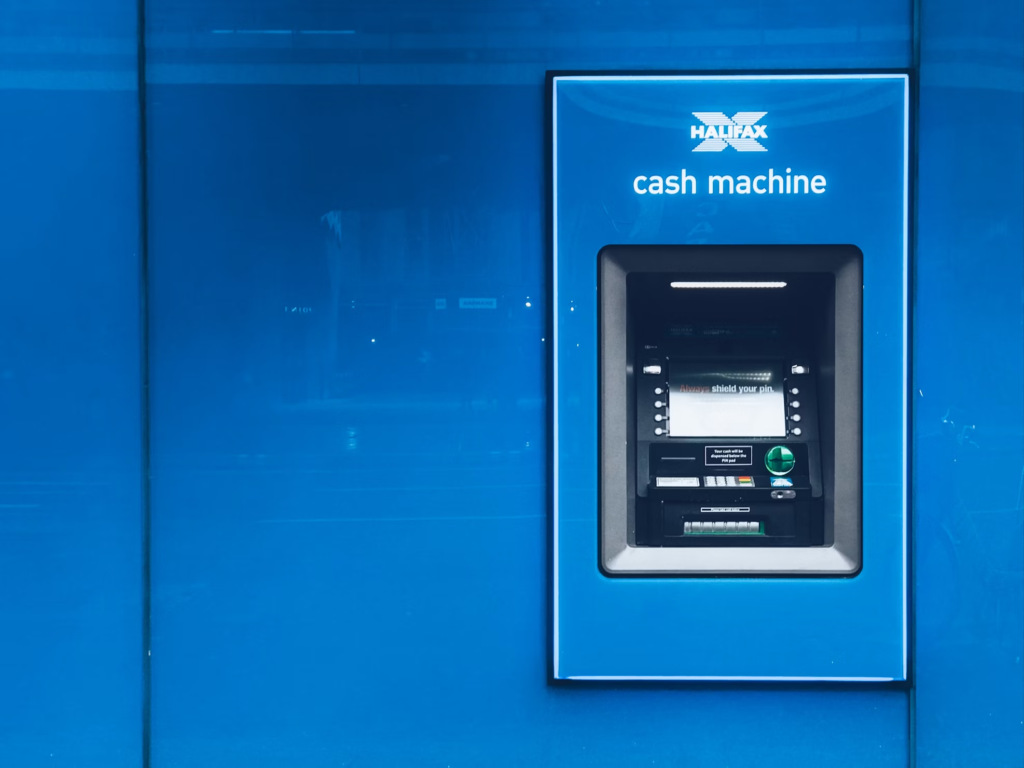Let’s be honest—budgeting can feel overwhelming. Maybe you’ve tried before and gave up, or maybe the thought of tracking every dollar makes you want to hide under a blanket. I get it. A few years ago, I was in the same boat. I was living paycheck to paycheck, constantly stressed about money, and had no idea where it was all going. But once I learned how to budget properly, everything changed.
Budgeting isn’t about restriction—it’s about empowerment. It’s about knowing exactly where your money is going so you can make intentional decisions about how to spend, save, and invest. In this guide, I’ll walk you through a simple, step-by-step process to create a budget that works for your life. Let’s get started.
Step 1: Know Your Why
Before diving into numbers, ask yourself: Why do I want to budget? Is it to pay off debt, save for a dream vacation, or finally build an emergency fund? Having a clear “why” will keep you motivated when things get tough.
For me, it was wanting to quit my 9-to-5 and work for myself. I knew I needed to save up a financial cushion to make that leap. What’s your reason? Write it down and keep it somewhere visible.
Step 2: Track Your Income and Expenses
The foundation of any budget is knowing how much money is coming in and where it’s going. Start by listing all your sources of income (salary, side hustles, etc.) and then track your expenses for a month.
You can use a simple spreadsheet, a notebook, or a budgeting app like YNAB (You Need A Budget). YNAB is my personal favorite because it syncs with your bank accounts and helps you assign every dollar a job.

Try YNAB for free and see how it can simplify your budgeting process.
Step 3: Categorize Your Spending
Once you’ve tracked your expenses, group them into categories like:
- Needs: Rent, utilities, groceries, transportation.
- Wants: Dining out, entertainment, subscriptions.
- Savings/Debt: Emergency fund, retirement, credit card payments.
This will help you see where your money is going and identify areas where you can cut back. For example, I was shocked to see how much I was spending on takeout coffee. Cutting that out saved me over $50 a month!
Step 4: Set Financial Goals
Now that you know where your money is going, it’s time to decide where you want it to go. Set specific, measurable goals like:
- Save $1,000 for an emergency fund.
- Pay off $2,000 in credit card debt.
- Save $200/month for a vacation.
Having clear goals will give your budget purpose and direction.

Step 5: Create Your Budget
Using the 50/30/20 rule as a guideline, allocate your income like this:
- 50% to Needs: Essentials like rent, groceries, and bills.
- 30% to Wants: Fun stuff like dining out, hobbies, and entertainment.
- 20% to Savings/Debt: Building your emergency fund, paying off debt, or investing.
Of course, these percentages can be adjusted based on your goals and lifestyle. For example, if you’re aggressively paying off debt, you might allocate more than 20% to that category.
Step 6: Automate Your Finances
One of the best ways to stick to your budget is to automate as much as possible. Set up automatic transfers to your savings account, retirement fund, and bills. This way, you’re less tempted to spend money that’s already earmarked for something else.
If you’re looking for a high-yield savings account to grow your emergency fund, I recommend Ally Bank. Their savings accounts offer competitive interest rates and no monthly fees.

Open an Ally Bank account and start earning more on your savings.
Step 7: Review and Adjust Regularly
Your budget isn’t set in stone—it’s a living document that should evolve with your life. At the end of each month, review your spending and see how well you stuck to your plan. Did you overspend in one category? Adjust next month’s budget to account for it.
I like to do a monthly “money date” where I review my budget, track my progress toward my goals, and celebrate small wins. It’s a great way to stay motivated and on track.
Bonus Tip: Use Cashback Apps to Stretch Your Budget
If you’re looking for an easy way to save money on everyday purchases, check out Rakuten. This cashback app gives you money back when you shop at your favorite stores. It’s like getting paid to shop!

Sign up for Rakuten and get a $10 bonus when you make your first purchase.
Additional Tips for Budgeting Success
- Use the Envelope System: If you struggle with overspending, try the envelope system. Allocate cash to different spending categories (e.g., groceries, entertainment) and only spend what’s in the envelope.
- Cut Unnecessary Subscriptions: Review your subscriptions and cancel any you don’t use regularly. Those $10/month charges add up!
- Meal Plan to Save on Groceries: Planning your meals for the week can help you avoid impulse buys and reduce food waste.
- Negotiate Bills: Call your service providers (internet, phone, etc.) and ask for a better rate. You’d be surprised how often they’ll say yes.
- Celebrate Small Wins: Paid off a credit card? Saved $100? Celebrate! Recognizing your progress will keep you motivated.
Final Thoughts
Budgeting doesn’t have to be complicated or restrictive. It’s simply a tool to help you take control of your money and live the life you want. By following these steps, you’ll be well on your way to financial freedom.
Remember, it’s okay to make mistakes along the way. I’ve had months where I completely blew my budget (hello, online shopping spree), but the key is to learn from those mistakes and keep going.
Ready to take the first step? Grab a notebook, open a spreadsheet, or download a budgeting app, and start creating your budget today. Your future self will thank you.
Disclosure: Some of the links in this post are affiliate links, meaning I may earn a commission if you make a purchase. This helps support the blog and allows me to continue creating free content for you. Thank you for your support!

